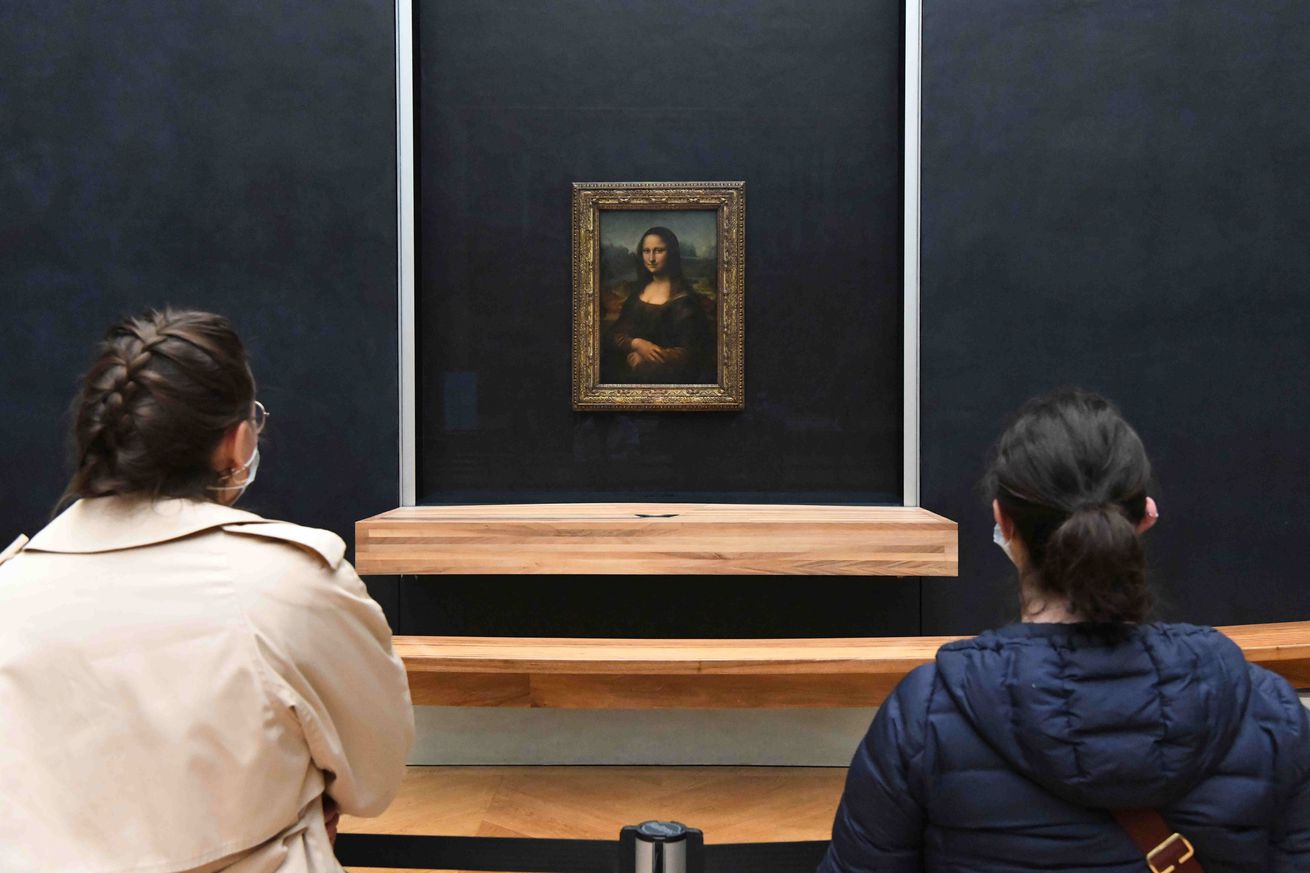
AI boosters need to learn how to edit
I feel a little insane typing this because it is so incredibly obvious, but I guess it needs to be said: part of creativity is knowing when to stop.
Over and over, from AI art proponents, I’ve heard that we can simply extend a beloved piece of art — whether that’s the Mona Lisa or the cover of Abbey Road — to infinity. And in some ways, I’m sympathetic! One of the first ways we locate our creativity is by extending a work we loved; I wrote my very first short story in the universe of Ursula K. Le Guin’s Catwings around the age of six. It is possibly still kicking around in my dad’s attic somewhere.
For those of you who are thinking creatively for the first time, I’d like to introduce you to the idea of the edit
Derivative work is valuable and a longstanding tradition. Shakespeare didn’t come up with the plot for Hamlet; it’s based on a 12th-century work called Historia Danica. The absolute teen-girl classic Clueless is based on Jane Austen’s Emma. The Wind Done Gone and Wide Sargasso Sea are based on Gone With the Wind and Jane Eyre, respectively. Arguably all literary criticism is derivative work, as it requires the existence of some other work to interpret.
Lately, there have been a great many tweets about people doing this kind of work with AI. I am not entirely surprised to see people “extending” the background landscape of the Mona Lisa or the famous cover of Abbey Road using AI tools. Some of the excitement around these kinds of AI art is laudable, even. Creativity is a fucking rush! If this is your first time encountering it, I bet it feels world-changing. I work as a writer for a reason, you know?
And so, in that spirit, for those of you who are thinking creatively for the first time, I’d like to introduce you to the idea of the edit.
When you make something, you draw boundaries. Most of the things I publish on this site have words cut out of them, sometimes thousands of words. Sometimes that’s because I’m trying to be thoughtful about my reader’s time — as much as I love a sentence, it doesn’t serve the overall piece — and sometimes it’s because I’m Up To Something.
Let’s take the Mona Lisa as an example
The most famous example of being Up To Something is Henry James’ The Turn of the Screw. There’s an absence at the center of the work that produces the horror necessary for the ghost story — the reader’s mind fills in the blank with whatever scares them most. (Calvin and Hobbes’ much-referenced but never explained Noodle Incident works this way also.) It is a deliberate artistic choice to leave things unfinished or to make a specific crop.
Let’s take the Mona Lisa as an example. Consider the original for a moment: one of the words most associated with it is “mysterious.” There’s the half-smile, the fact that the art was commissioned by Francesco del Giocondo but for some reason never delivered, and a famous heist, where the painting went missing for about two years. There is no outline on the figure, which makes her seem more lifelike, and the detail work around her mouth and eyes, as well as a lack of eyebrows, make her expression ambiguous. There has been a long fight about whether the landscape behind her is a real place. The way it’s painted, moodily, certainly means the fight will go on for quite some time.
Now let’s consider Kody Young’s version, made with Adobe Firefly. The background has been expanded significantly, pulling focus from the detail work that makes the Mona Lisa famous. The figure, the woman the portrait was made of, is a torso with no legs, emerging from a dark, cloudlike blob. The additional landscape, if anything, detracts from the vision that’s fascinated art lovers for years. Sure, there’s more, but it’s not doing anything useful. This is bad art.
And there’s something weird going on with Young’s post, in which he frames his derivative work as “the rest” of the Mona Lisa instead of being honest: he’s making fan art. Much like fanfic, the Kody Young Mona Lisa is about filling in the things an original creator chooses to leave out. Lots of derivative works hinge on this — including Wide Sargasso Sea — but they do not pretend to be the “rest” of a work of art. Besides being confused about the purpose of a background, Young seems confused about what art even is.
The Mona Lisa doesn’t need more background because the purpose of the work is in the foreground. Shit, the painting’s named for her! And despite what Marvel movie aficionados might prefer, stories do not need to go on forever. There are lots of stories out there; you can simply enjoy another. I think it is possible to make interesting AI art, even interesting derivative AI art — but in order to do so, creators need to think about what to leave out and where to stop. Computers do not supply purpose. People do.
The artist made a stopping point for a reason. Maybe that reason was bad, or maybe that stopping point didn’t work — bad art is a side effect of trying to make art — but there is no “extended” Mona Lisa. The full version of the original is the original. But if you want to make a meaningful derivative work, there should be a reason it exists.

